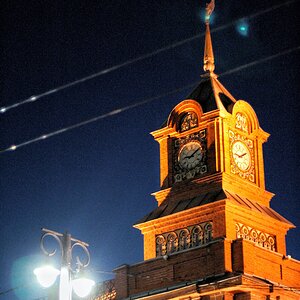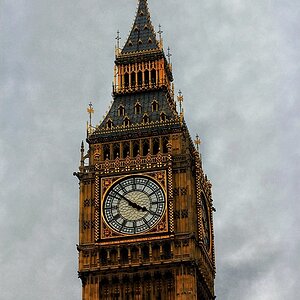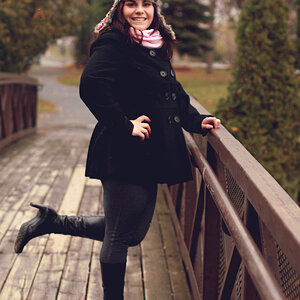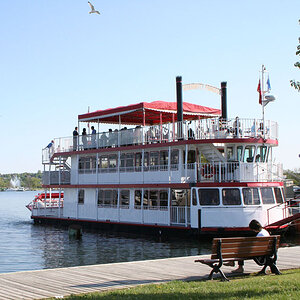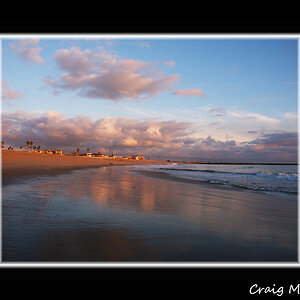coltonomor
TPF Noob!
- Joined
- Mar 11, 2014
- Messages
- 1
- Reaction score
- 0
- Location
- Texas
- Can others edit my Photos
- Photos OK to edit
Any tips or tricks for star trail photography? I thought I understood it but then I tried it and my photos came out noisy and a little blurry. The foreground of the long exposure was fine and clear but the stars came out blurry and noisy. Any recommendations for ISO, aperture, time of the exposure, ext would be appreciated.
https://m.flickr.com/#/photos/95048358@N08/13092485325/
https://m.flickr.com/#/photos/95048358@N08/13092485325/
Last edited:


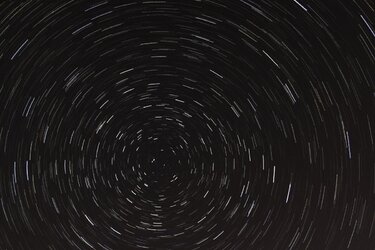

![[No title]](/data/xfmg/thumbnail/32/32149-c054b73653367ec806ccbf8e7c0646d9.jpg?1619735233)
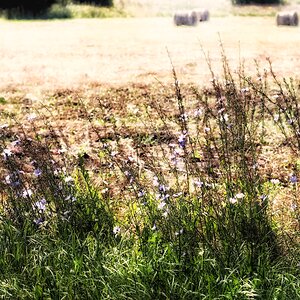
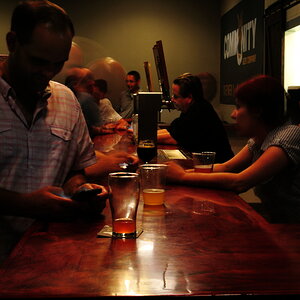
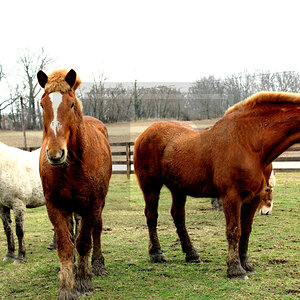
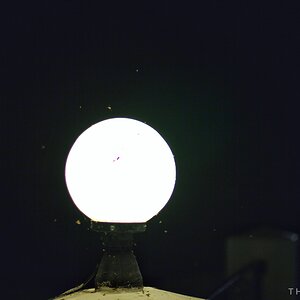
![[No title]](/data/xfmg/thumbnail/36/36682-50d0684eabff70509e27d7061c265146.jpg?1619737677)

